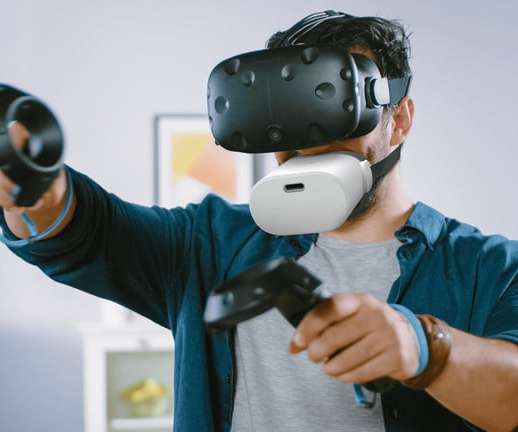Lyft Patents Show How AR & VR Could Change Ridesharing
VRScout
JANUARY 23, 2019
Lyft drivers would access this information through an AR headset, such as a Microsoft HoloLens, Google Glass, or Magic Leap, which would place the digital content directly in the view of the Lyft driver, or through an AR enabled smartphone. You could also use your own smartphone or any type of wearable AR device to find them yourself.
















Let's personalize your content